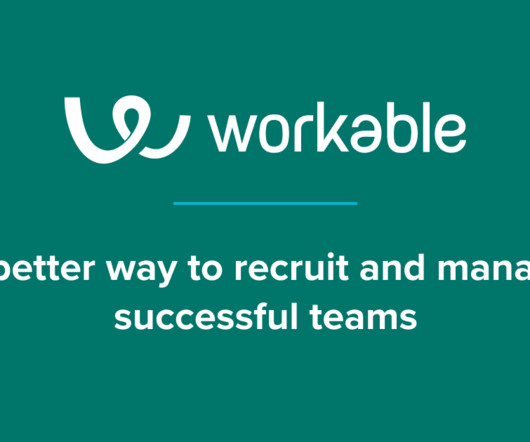People Analytics and HR-Tech Reading List
Littal Shemer
OCTOBER 11, 2022
Following a nine dimensions model, the book demonstrates how to use people data to increase profits, improve staff retention and workplace productivity as well as develop individual employee experience” HR Analytics Essentials You Always Wanted To Know Michael Walsh (2021). Boudreau , Wayne F. Cascio, Alexis A. Fink (2019).
















Let's personalize your content